SUMMARY
This is AI generated summarization, which may have errors. For context, always refer to the full article.
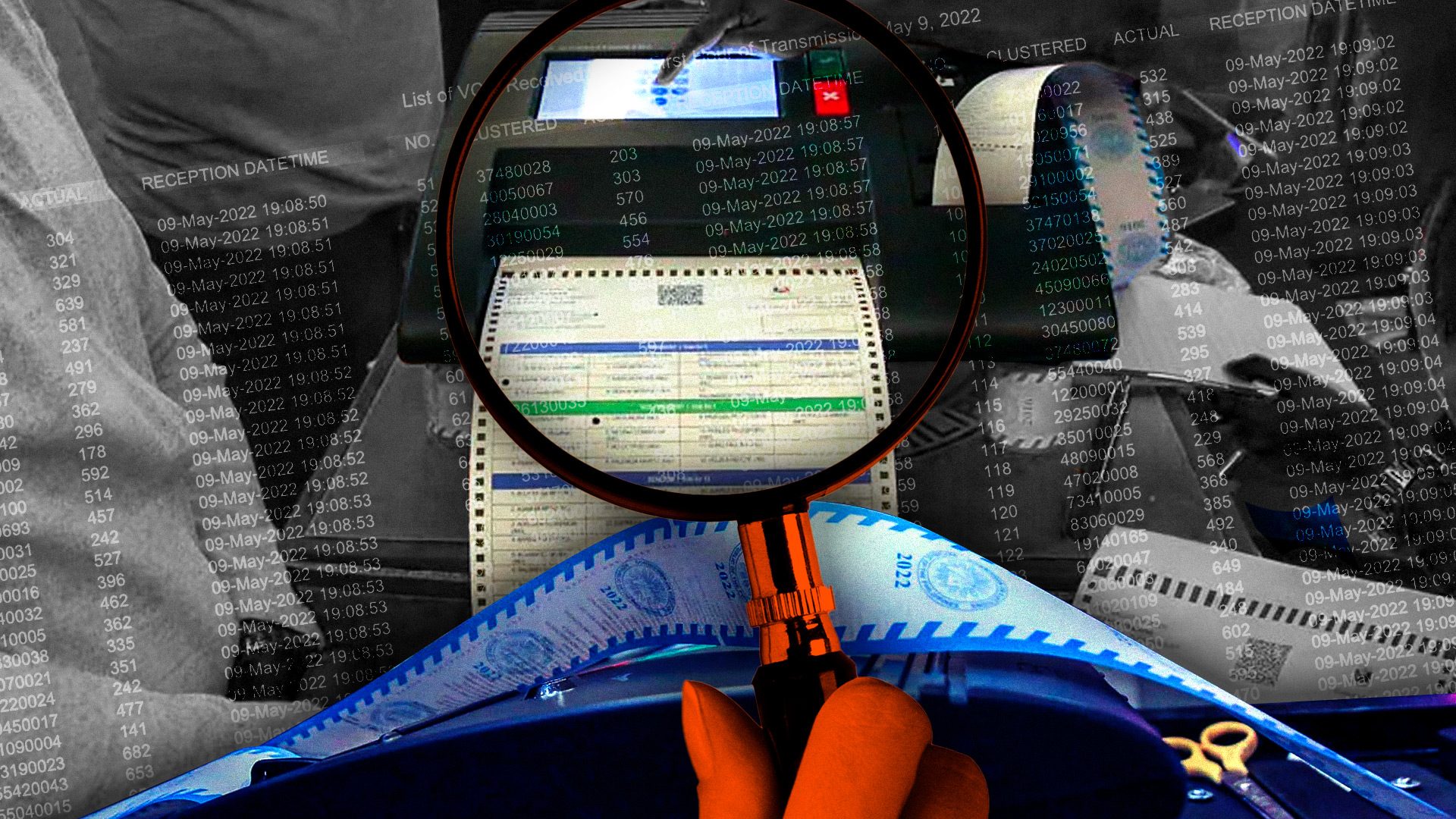
MANILA, Philippines – In mid-March, the Commission on Elections (Comelec) was again on the receiving end of flak online over revived allegations of automated election system (AES) fraud in the 2022 polls, even though reputable watchdogs have said they found nothing.
Concerned citizens were specifically dismayed over the non-publication of transmission logs of the vote-counting machines, which former information and communications technology (ICT) chief Eliseo Rio had been requesting from the Comelec since 2022.
Adding fuel to the fire was a Philippine Star opinion column on March 17 with the headline “NAMFREL findings support general’s suspicion of 2022 election rigging,” referring to the poll watchdog National Citizens’ Movement for Free Elections.
On March 23, the Comelec finally caved in to public pressure, uploading on its website the said transmission logs, “to erase doubts,” in Chairman George Garcia’s words.
So where are we on the discussions?
Did the recently uploaded transmission logs offer clarity on why votes came in fast?
For those who understand the AES, the fast transmission of results was not a surprise, so the publication of the transmission logs really did not provide new, ground-breaking information.
The main argument raised by election skeptics is that it is impossible for the transparency server – which is the basis of the unofficial counts reported by the media – to project 1.5 million votes 17 minutes after the closing of polls at 7 pm on May 9, and 20 million votes after barely an hour.
They claimed that it would take at least 30 minutes from the closing of polls to print the first eight election returns as required by law. (Comelec Resolution No. 10754 states that the VCM displays the prompt “Do you want to transmit election results?” after the printing of the first eight returns.)
But Comelec spokesman Rex Laudiangco insisted on March 23 that the printing of ERs and transmissions can happen in less than 10 minutes. Based on the uploaded transmission logs, the first VCM to send its result did so at 7:08 pm.
Namfrel chairman Lito Averia, whose watchdog deploys thousands of personnel on election day to keep an eye on potential irregularities, also explained why poll workers don’t necessarily wait 30 minutes before transmitting election results.
“You have to realize the operations on the ground, especially in remote areas where electoral boards’ concern is getting caught in the evening. So they want to get it done quickly. The first eight copies of ER can be printed in about 10 minutes, then the VCM could transmit immediately. It’s all possible,” Averia said on March 27.
William Yu, IT lead of Parish Pastoral Council for Responsible Voting (PPCRV), also said a fast transmission of results within the first hour is not out of the ordinary.
“ERs are sent and not individual votes, and thus, we are not talking about millions but thousands of transmissions. Not a large amount of data,” he told Rappler on March 23. “We probably stream way more TikTok videos in the same amount of time than election data being transmitted.”
This is also not the first election where a fast transmission of results occurred within the first hour of the counting of votes. Around 60% of votes were projected by the transparency server at 8 pm on May 9, 2016, the day of the national election that catapulted then-mayor Rodrigo Duterte and then-lawmaker Leni Robredo to the country’s top posts.
Also take note that while tens of thousands of Filipinos suffered election day inconveniences in 2022, only 1,310 VCMs broke down, or less than one percent of the total.
Are the transmission logs really what they are?
Rio’s group has now alleged that the documents uploaded by the Comelec are tampered with, and that those are not “transmission logs,” only “reception logs.”
The claim was similar to Averia’s qualms with the documents, saying that the true transmission logs would show sources of transmission, such as the identity of the telco provider, the IP address, and the SIM card number.
These pieces of information are absent from what the Comelec uploaded on its website.
In a response to Rappler’s query on March 30, the Comelec insisted that what it released to the public were transmission logs.
“Transmission logs should chronologically list which VCM among the 106,174 VCMs in 106,174 clustered precincts transmitted its electronic ERs, which, in turn, were accordingly received by the main, backup, and transparency servers,” Laudiangco said. “The timestamps in the list per VCM at the exact moment the said VCM transmitted using transmission facilities wherein one component of which are telco services.”
“The transmission logs as provided are the summaries of all the VCMs and their corresponding timestamps of their individual transmissions. These serve as the permanent record of all electronic transmissions,” he added.

What about the constant vote ratio?
Some Robredo supporters found it suspicious that her votes had consistently been at around 47% of Ferdinand Marcos Jr.’s when election returns were being transmitted.
Variations of this supposed proof of election fraud were that Marcos’ vote share was consistently at 60%, while Robredo’s was at 29%.
There is a simple mathematical explanation for this phenomenon, which is the law of large numbers. As the sample size grows, the more it drowns variations, or approximates the characteristics of the entire population.
The same trend was observed in the 2013 midterm elections. In 2016, “stability” in vote ratio was also observed in the presidential race after a certain number of votes were counted.
But what about Namfrel’s pre-election observation?
To discredit the automated elections, skeptics revisited Namfrel’s assessment of the 2022 polls released in December, citing a couple of pages from the said report.
On page 23, the watchdog said that during its pre-election monitoring, it found that “the VCM system hash code that was shown during the demo did not match what was published during the second final trusted build.”
A system hash code, as explained by Namfrel, is like a software fingerprint that if changed, will generate a different hash code.
Alabama-based tech firm Pro V&V, which was tapped by the Comelec for the second consecutive national election to certify that the AES software was operating accurately, told Namfrel that the error was merely typographical, committed by personnel who encoded the hash value into the certification documentation manually.
Namfrel then formally wrote to the Comelec asking for multiple documentations, and an independent verification of all the hash codes, and how the system was generated. As of writing, the Comelec has yet to grant Namfrel’s request.
“Without this process shown to the public, the whole local source code review process would seem to be futile,” Namfrel wrote in December. “The software used on the VCMs on election day could have been different from the software reviewed by NAMFREL and other IT observers during the SCR because the source code could have been edited in the meantime.”
That said, Averia, who drafted the comprehensive report, acknowledged that those “drawing conclusions” from their report failed to mention that Namfrel also said that there was no fraud based on the data available.
“NAMFREL did not observe any anomalies in the automated counting of votes and electronic transmission of election results in the 2022 national and local elections,” the report read.
“All of the other checks for the AES yielded high accuracy,” NAMFREL national council member JR Contreras also told Rappler on March 21.
How did the watchdogs assess the AES in 2022?
Most watchdogs also found no fraud based on the review they conducted.
The Legal Network for Truthful Elections (Lente), which led a random manual audit of votes for the 2022 polls found that 99% of reviewed ballots were read accurately by the VCMs.
PPCRV, which conducted a parallel count to monitor potential dagdag-bawas (vote-shaving or vote-padding), said that 98.6% of printed ERs they validated matched with electronically transmitted results.
Is there no fraud at all?
While most watchdogs did not hurl allegations against the AES, they acknowledged that the lack of transparency hurt the election’s credibility.
The Asian Network for Free Elections (ANFREL) lamented the observer blackout during the early days of ballot printing and SD cards configuration.
Namfrel also noted the delayed replacement of defective VCMs in some precincts, transmission difficulties in areas with weak mobile connection, and lack of training of some poll workers in resolving technical issues on election day.
More importantly, some watchdogs also zeroed in on the rampant vote-buying and disinformation tactics in the 2022 elections.
“Our observers reported the rampant use of money and goods to woo voters all over the country, as well as the common abuse of state resources, from both local and national governments, for campaign purposes,” ANFREL said.
“Disinformation was at the heart of the election campaign, with many divisive or inflammatory messages spreading on social media. While we understand the difficulty of tackling such a phenomenon, the steps taken by both election officials and social media platforms to address it in the run up to the 2022 elections were found to be insufficient,” it added.

Does Comelec plan to introduce reforms in the AES?
Namfrel has pushed for a hybrid election system to make the elections more transparent. Under this setup, votes are counted manually, but results are transmitted electronically.
Comelec Chairman George Garcia has acknowledged that some voters are doubtful whether the machine really tallied their votes properly even though the machine read their ballots correctly.
He revealed on March 27 that the poll body would lobby for full automation with “complete transparency count” for the 2025 midterm polls.
Commissioner Nelson Celis, an IT expert who has long criticized the current AES, said a “public count” is possible in fully automated elections without resorting to a hybrid election setup.
The poll body, however, has yet to provide further details on how exactly it would push for a public count.
The Comelec also is keen on retiring 97,000 aging vote-counting machines, which have been used since 2016.
In order to retire the VCMs, the commission would need at least P6.7 billion from the government to rent out new machines. – Rappler.com
Add a comment
How does this make you feel?
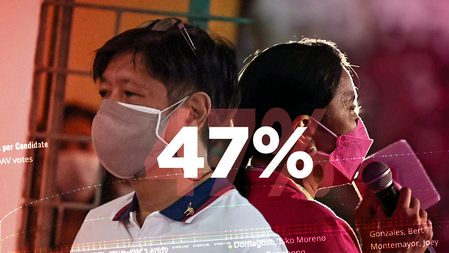
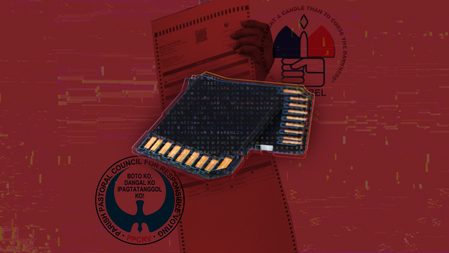

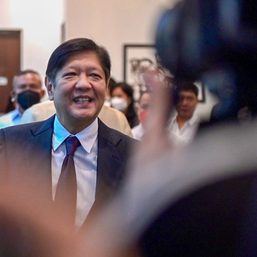
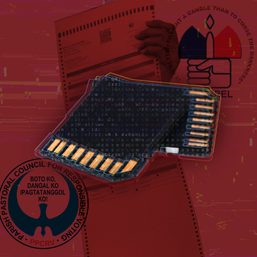






There are no comments yet. Add your comment to start the conversation.